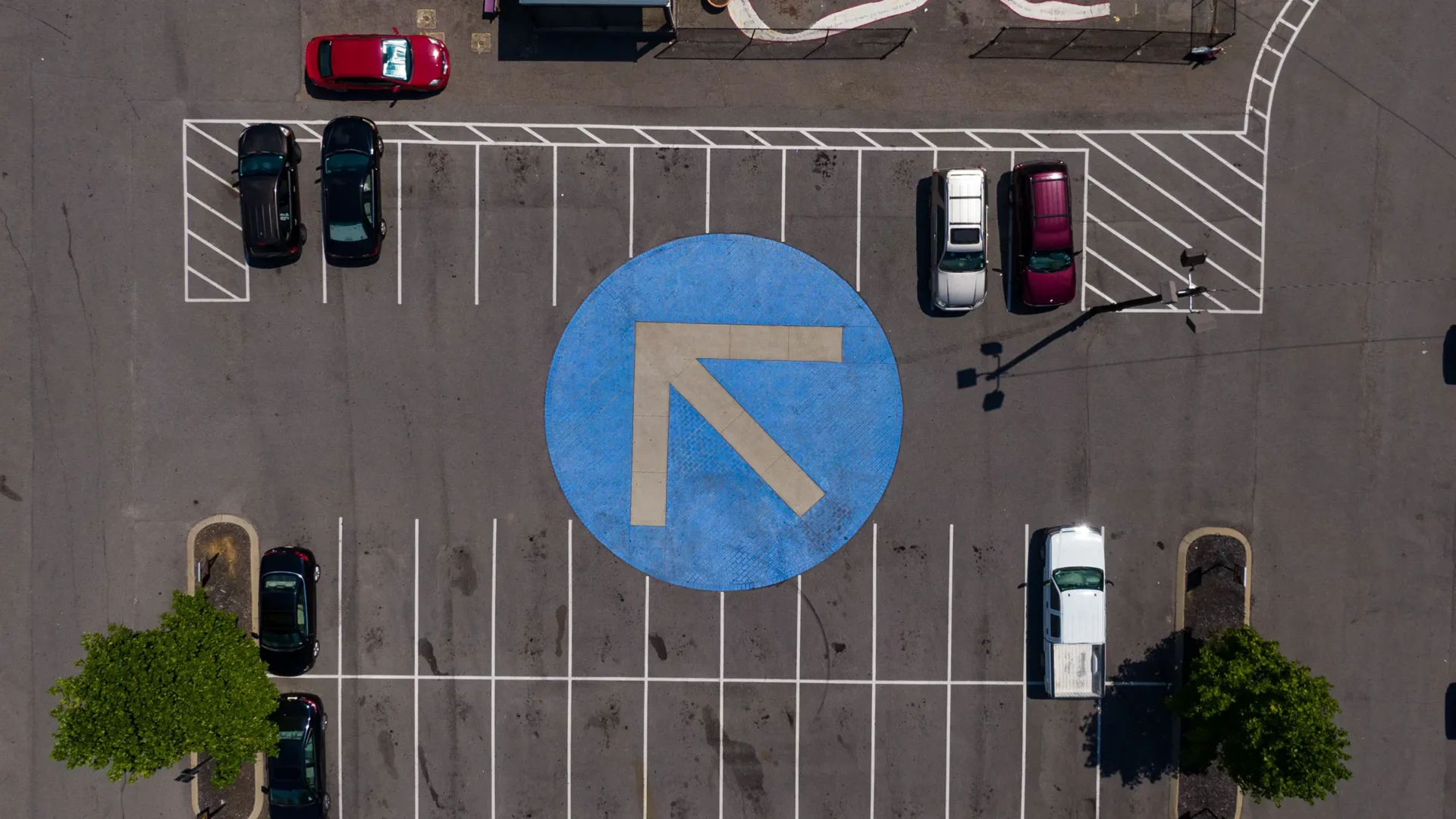Laws
Physical and social conventions that govern settings.
Every context abides by laws. Physical laws that define how gravity works or the speed of light, or how sound travels through water often affect the shape of designed products, services, and systems. For example, designers who create outcomes for exploring Earth’s moon may need to account for the difference in the moon’s gravity. In many Earth-bound design endeavors, physical laws are well-understood and presumed. Designers who hope to create outcomes that will function in different contexts can not ignore how physical laws govern settings.
Laws established by society also prescribe what is possible or at least acceptable in contexts. When traveling to another country, travelers are responsible for abiding by that country’s laws. The same goes for design. Outcomes implemented in different settings should account for rules that govern acceptable behavior. Products, services, and systems aren’t always designed to follow the rules—sometimes, design outcomes are created to bend or break laws. Knowing laws gives designers a clearer perspective on laws’ intent, and how they work, so design outcomes can be designed to achieve intended results.
The “laws” factor accounts for logical arguments involving reason, causality, and validity. Laws center on a designer’s critical thinking. For example, a person who wants to buy Vans shoes but has no money can not buy Vans shoes. We understand that to purchase something, you must have something to give (in this case, money). The person could do a few other things to get Vans shoes. They could get a credit card and charge Vans shoes to their account and pay for the shoes later. The person could steal Vans shoes, breaking social laws. The person could make Vans-like shoes, though these wouldn’t be “real” Vans shoes. The person could borrow someone else’s Vans shoes, but they would not have exclusive use of the shoes whenever they wanted, which is a significant downside to borrowing. Of course, the person could get a job, work, and save money, then get Vans shoes later, once they have saved $65 (some fourteen-year-olds think this option is impossible). All of these scenarios account for truths—someone wants shoes, and they can not make money appear out of thin air. Most experience design scenes are played out in reality, and reality has laws that define how reality works — accounting for these frames designing so outcomes can effectively exist in the real world.
Examples of Laws
- Time Conventions: Countries use a 24-hour clock instead of a 12-hour clock.
- No smoking policy
- Speed limit
- Parking restrictions
- Building codes
Researching Laws
Researching the laws that govern a context helps designers better understand its mechanics and limitations. If a product, service, or system will be implemented in an unfamiliar setting, researching the laws in that context can help designers create outcomes that account for those laws.
Questions to Ask
- What s legal in this context and what is not allowed?
- Why are these laws in place, and should they be broken or bent?
- What is impossible in this setting?
- Is our design breaking the basic laws of reality?
Look For…
- How the physical world “works”
- Laws printed or verbally shared
Sources
Humanities
Rimal, R. N., & Lapinski, M. K. (2015). A Re-Explication of Social Norms, Ten Years Later. Communication Theory (1050-3293), 25(4), 393-409.
Natural Science
Tyson, N. D. (2017). Astrophysics for people in a hurry. New York: W.W. Norton & Company.
